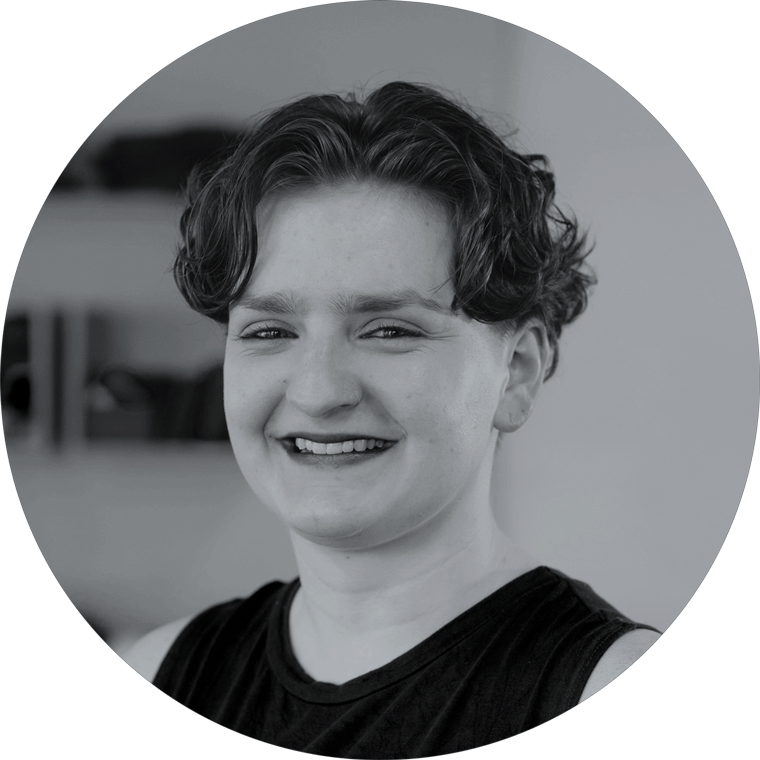A word from Nick
By: Kerrie Murphy | 17/06/2025
I am constantly fascinated with the human body and the complexities of human movement – particularly the way asymmetries present in different structures.
Human bodies are never truly symmetrical – but where more significant disparities exist between different sides of the body, this can reduce function and cause pain. This might be a long-standing or innate variance – such as scoliosis – or it might be more recently acquired, such as with repeated movements like sitting cross-legged, using the same limb for a regular activity (such as in sport or performance), or rotating the same way repeatedly at a desk.
It could be an almost indetectable variance causing significant strain on structures elsewhere in the body. An example of this is where I often see that one dominant hip will have a matching opposing dominant side of the ribcage, as the spine tries to offset the load across uneven forces. A client might be struggling with discomfort from one element of this bigger picture, but what appears most noisy/painful to them is just a compensatory mechanism for a pathology elsewhere.
I have found that helping clients to regulate their breathing patterns, primarily using lateral breathing techniques from the Pilates method, can have enormous benefits for rebalancing the whole spine. Beyond increasing thoracic mobility and helping to regulate the respiratory and autonomic nervous systems, balancing the ribcage can improve rhythms of the lumbar and pelvis moving together, and thereby help to reduce pelvic and lower back pain. Even more broadly, studies into pulmonary function have found that lung capacity and function is strongly linked to longevity and overall wellbeing [1].
*If you’ve ever seen my wedge cushions with the fun patterns hiding in the prop corner – they are very helpful for helping to de-rotate the ribcage and pelvis!*
I also see these benefits in my work with performing artists, and it is always great to discover the benefits singers can unlock by rebalancing breath and reducing associated tension.
I am currently in my second year of osteopathy studies, where I am very lucky to work with cadaver specimens in my anatomy subjects. I was so fascinated to discover the lung specimens – the left lung is very different to the right lung (it moulds around the heart), and the purple colour and tiny tree-like branches of the respiratory bronchi etched into the surface are beautiful (I think anyway)! Seeing all the interrelationships with the different vessels gave me a much deeper appreciation for the relationship between the heart and the lungs, which has helped a lot with my pathologies subject where we have explored conditions like COPD and asthma and well as heart failure. Being able to explore all the minutia within the cadavers puts everything in wonderful perspective.
Seeing the way that different specimens vary so significantly has given me a better appreciation for the way each body I work with presents so differently in the studio. Health is an innately subjective metric. This year has been particularly challenging for me as I started it with major surgery overseas that had me under general anaesthetic for six hours. Recovering from surgery has not been easy, on top of mental health challenges as well as lymphoedema and iron deficiency. Deepening my understanding of the human body has helped me to be more compassionate for my own body and the amazing work that it does. The Pilates method offers constant support and nurturing, and practising breathwork has been instrumental in helping me to feel whole.
I think Joseph Pilates says it best:
“Breathing is the first act of life and the last. Our very life depends on it.”
By Nick Kuiper
[1] Schünemann, H. J., Dorn, J., Grant, B. J., Winkelstein, W., Jr, & Trevisan, M. (2000). Pulmonary function is a long-term predictor of mortality in the general population: 29-year follow-up of the Buffalo Health Study. Chest, 118(3), 656–664. https://doi.org/10.1378/chest.118.3.656

